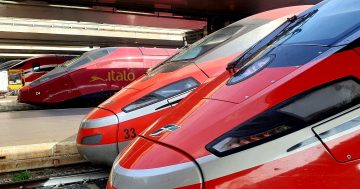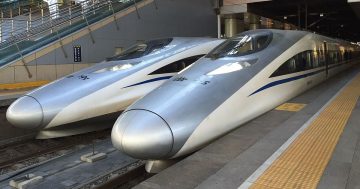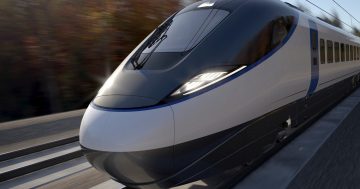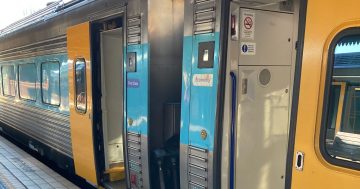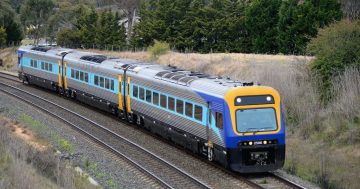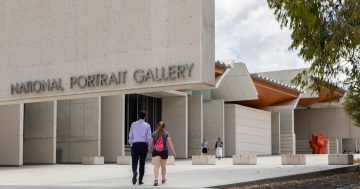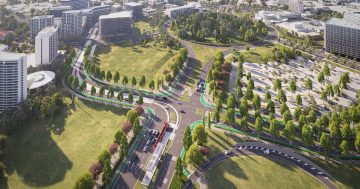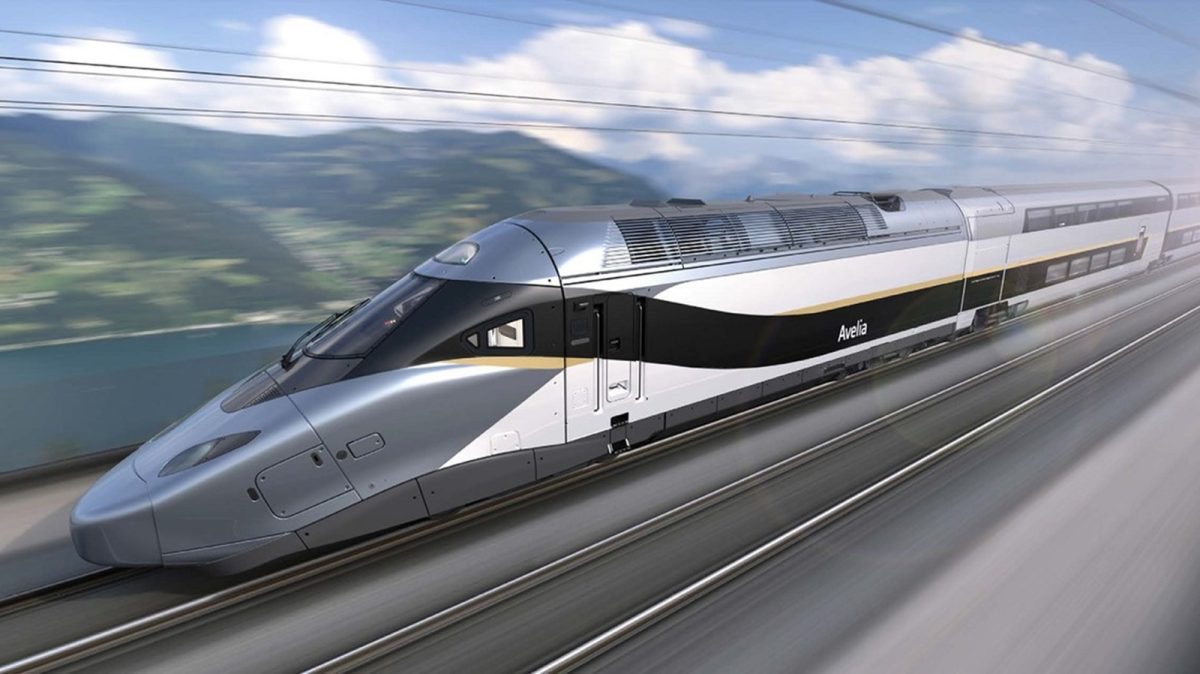
What will happen to the High Speed Rail Authority after funding ends in 2025-26? Image: Alstom.
Despite commissioning a study and the development of a business case for a first stage High Speed Rail link between Sydney and Newcastle, the Federal Government has made no funding provisions for the High Speed Rail Authority (HSRA) after the 2025-26 Budget.
Tuesday’s (14 May) Department of Transport and Infrastructure Portfolio Budget Statement says the HSRA’s business case is scheduled to be delivered by the end of 2024, and will recommend a preferred alignment for the line, station locations, what type of train to acquire, and an estimated cost and construction schedule.
Further work in 2024-25 will include the development of a high speed rail product definition that updates assumptions from previous studies, provides recommendations for further expansion of the network, and a strategy to progress state and federal environmental approvals.
The 2024-25 budget has allocated $55.1 million to the HSR to finalise the business case and definition work, adding to the $29.3 million that was provided in 2023-24. But just $7.6 million has been budgeted in 2025-26, which is the last year of funding according to the budget papers.
The only definition of any ongoing work in the forward estimates is for the HSRA to “provide advice to the Australian Government to support its objectives for high speed rail”, so what happens after that is currently anyone’s guess.
Australia has long-held ambitions to build a high-speed rail network along the eastern seaboard linking Brisbane, Newcastle, Sydney, the Southern Highlands, Canberra, Wagga Wagga/Albury-Wodonga, and Melbourne, but multiple feasibility studies have demonstrated that the economics of what would be a multi-billion dollar project are yet to stack up.
After an undertaking by the Albanese Government during the 2022 election campaign, the HSRA was established in 2023 to develop the business case for the link as the first stage of a possible network of high speed rail lines covering Australia’s southeast from Brisbane to Melbourne.
A board was appointed in June 2023, and is chaired by experienced privatised transport infrastructure, social infrastructure and public healthcare executive Jill Rossouw. Board members include director of Ausgrid Gillian Brown; the CEO of the UK’s High Speed One (HS1) Ltd Dyan Crowther; experienced engineer and project manager Ian Hunt; and past Director-General of the Queensland Department of Transport and Main Roads Neil Scales.
In July 2023, Federal Transport and Infrastructure Minister Catherine King visited the UK to be briefed on the troubled new High Speed 2 (HS2) rail project which is designed to link London with the midlands, and has been touted as the largest infrastructure project currently underway in Europe.
In January 2024 Minister King announced the appointment of Timothy Parker as the inaugural CEO of the HSRA. She said Mr Parker had considerable leadership and project experience in delivering complex infrastructure projects to drive the development of high-speed rail in Australia, including as the Head of Project for Sydney Metro, and having complex infrastructure experience working in Hong Kong and the UK.
In the meantime, lobby groups including Fastrack Australia and the high Speed Rail Association have offered submissions on the benefits of high speed rail, in particular the upgrade of the Canberra-Sydney link as a starting point.












